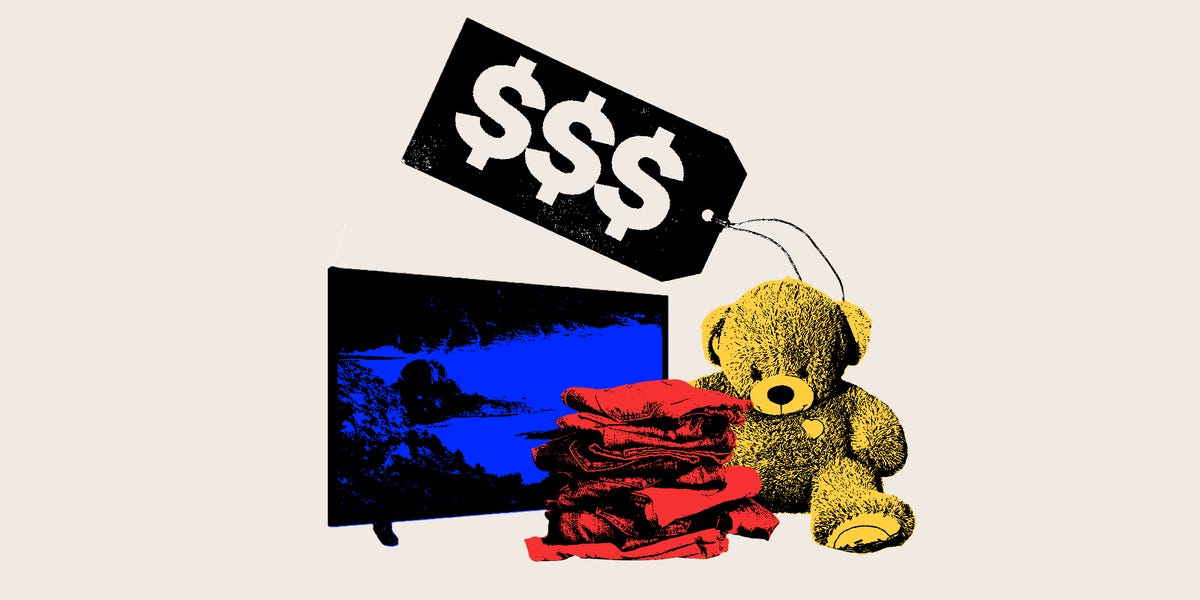It’s genuinely surprising how affordable new TVs are these days. A 65-inch LCD television that would have cost $1,500 or $2,000 a decade ago is now under $500. In a world where many things are expensive—cars, houses, eggs—there’s comfort in knowing you can still enjoy high-quality entertainment at a low cost. If a fancy vacation isn’t within reach, at least you can live vicariously through shows like “The White Lotus.” This is the deal American consumers have made over the years. Many elements of the American dream are costly, out of reach for many. However, consumer goods such as toys, clothes, and electronics have become cheaper. Consumers tolerate high prices for significant purchases partly because they have no choice and partly because they can still afford entertainment and fill their homes with items. But this bargain is changing. Inflation has made once-accessible items more expensive, and tariffs threaten to eliminate what remains affordable. Treasury Secretary Scott Bessent recently stated that “access to cheap goods is not the essence of the American dream.” Unfortunately, it has become a significant part of it. Historically, consumers weren’t overwhelmed with things. Most people had limited clothing and possessions that lasted lifetimes. With the Industrial Revolution and advertising, mass-produced goods became widely available. Globalization allowed for the production of cheap goods outside the U.S. Materialism became part of consumer citizenship. The consumer economy drives the American economic engine. Spending money keeps it turning, becoming a patriotic duty. The ability to spend on what we want is viewed as a pillar of American freedom. The Trump administration’s recent moves have implications for the cheap-stuff economy. A protectionist trade approach with tariffs could make inexpensive items more expensive. Retailers like Best Buy and Target have warned of price increases. The prices of clothes, electronics, and toys are likely to rise. Shifting the supply chain back to the U.S. will be painful for consumers. We’re used to more, not less. The end of the era of cheap stuff isn’t necessarily bad. The rate at which we accumulate things without considering environmental or labor trade-offs is alarming. Getting new items may provide a temporary endorphin hit, but research shows it doesn’t lead to long-term happiness. If tariffs increase prices, it will feel annoying and unfair. Goods won’t become higher quality overnight; they’ll just be costlier. The American dream includes access to cheap stuff, from giant TVs to random holiday decorations. Now, that might all be taken away. — news from Business Insider
